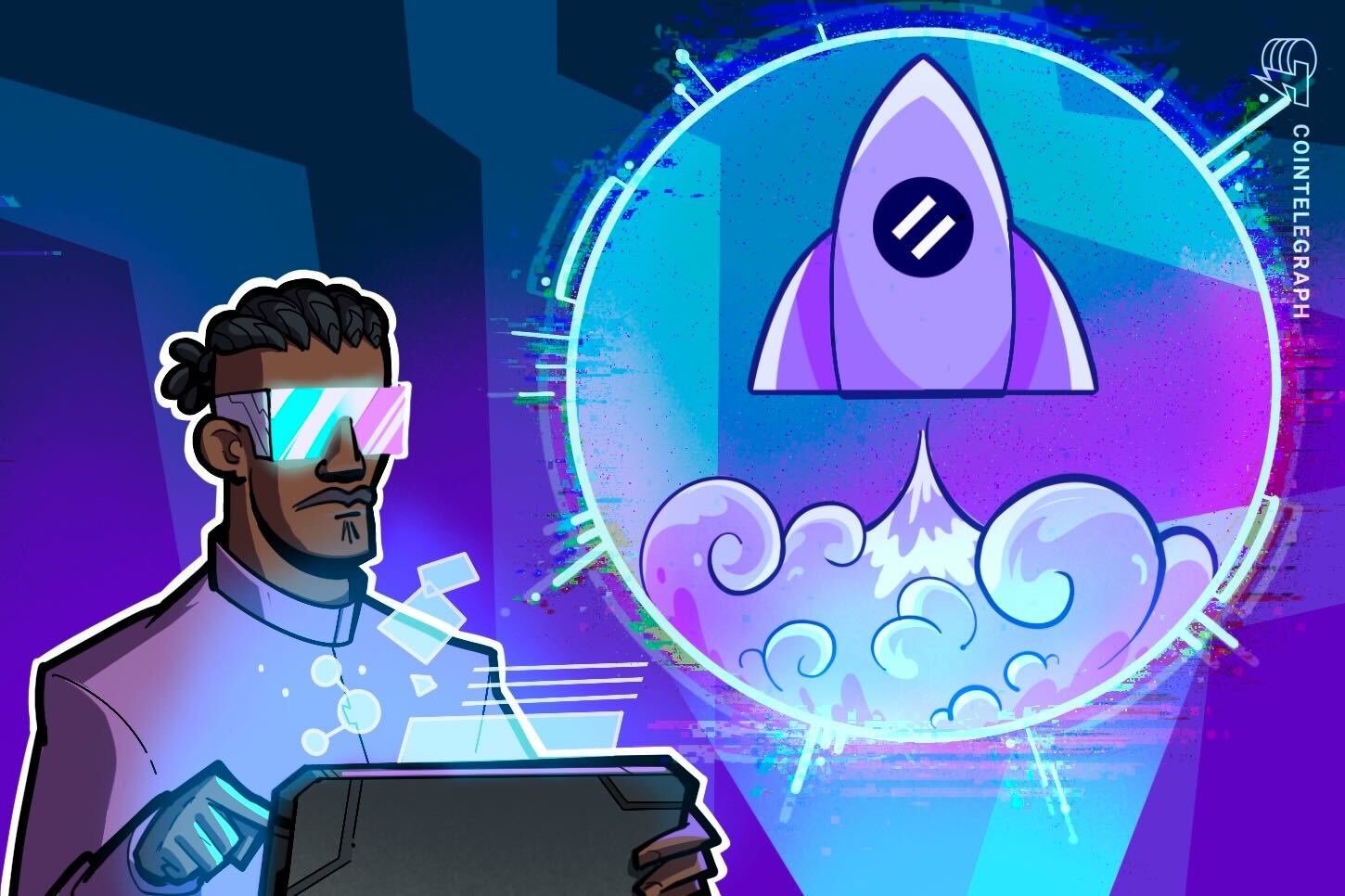Sponsored Content
While the concept of decentralized finance (DeFi) is still seeing strong growth projections, it is not the only industry showing massive potential. Following the financial use case came a host of scientists and entrepreneurs who incorporated smart contracts, tokens and other blockchain tools in their efforts to improve modern science. The movement, which focuses on the benefits of decentralized cross-border collaboration science, is now more widely known as DeSci.
Originally, this movement stemmed from the need to enhance scientific funding, which was primarily set by scientists who spent half their time writing grant proposals. Consider that without funding, not only is less science being done, but the projects scientists choose to pursue are more biased. Although funding is just one part of current industry barriers, in many cases, they have led to knowledge silos and an extreme reliance on intermediaries for cross-collaboration.
Open Science originally emerged as an opportunity to address these concerns as a method to take scientific research and disseminate it across multiple levels of society. However, DeSci, although aligned with these goals, is much more than a successor 2.0 to Open Science. Instead, DeSci is a separate movement with varied and evolving objectives, with a foundation in blockchain technology.
Similar to how blockchain disrupts other industries, Web3 models are now challenging Web2 with decentralized, shared ownership in avenues such as funding and shared knowledge.
In practice, decentralized communities built on Web3, known as decentralized autonomous organizations (DAO), connect like-minded individuals through smart contracts. These contracts, which exist as code, describe the rules of how a DAO is governed and enable anyone within the community to vote on rule changes and how funds are spent.
Science DAO demonstrates these use cases firsthand as a decentralized think tank, incubator engine and accelerator platform. Effectively, they have determined that their mission will be empowering inventors, entrepreneurs and institutions with the foundation to make informed investments in a broad spectrum of technologies and life sciences.
Following the growth wave
Operating as a DAO, stakeholders, including researchers, can raise funds in a distributed manner while also receiving a monetary stake in the outcome. Members of a DAO also benefit because if a drug or other medicine is released, each member owns a piece of its success. Therefore, any ordinary person can purchase a portion of an asset that has been tokenized into fractions, a method that makes high-value investing more accessible.
With a DAO as the foundation, investors are introduced to a new asset class altogether. In contrast to the waves of the DeFi market, investors are allowed to attach their crypto holdings in the sciences and follow the growth cycle and trajectory of scientific startups, an effective method for portfolio diversification.
Science DAO focuses on three core interest areas, including Health and Environment (genetics, nutrition and medical), Computing and Technology (machine learning, interactive environments) and Natural Science (astronomy, hydrology), to name a few.
The team is bringing this concept to life with several former and current Microsoft senior execs, prestigious research labs, the co-director of the Center for Global Infectious Disease Research (CGIDR), as well as other board members.
Token generation event
To date, the project has undergone a successful launch and accumulated over 1000 DAO members at their token generation event (TGE). “This is about legitimizing more use cases for DeFi and bringing previously private deal flow to the masses,” the team shares.
Moving forward, the team aims to onboard more key members into the DAO and continue building out the platform and process deal flow.
Disclaimer. Cointelegraph does not endorse any content or product on this page. While we aim at providing you with all important information that we could obtain, readers should do their own research before taking any actions related to the company and carry full responsibility for their decisions, nor can this article be considered as investment advice.


